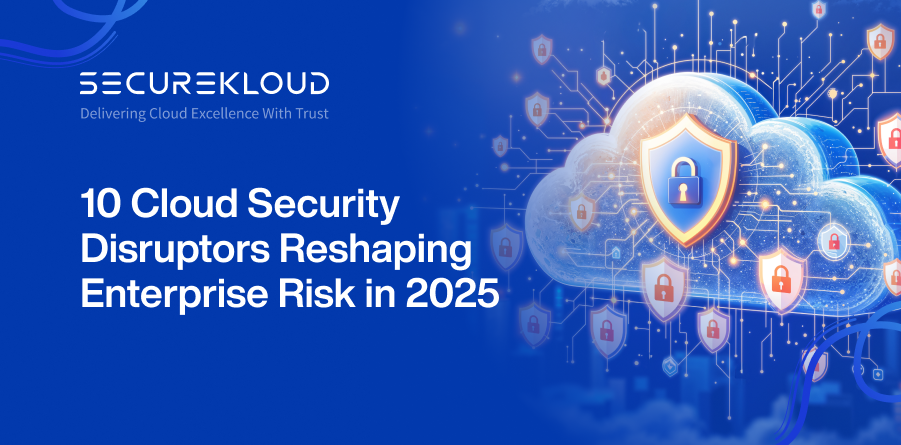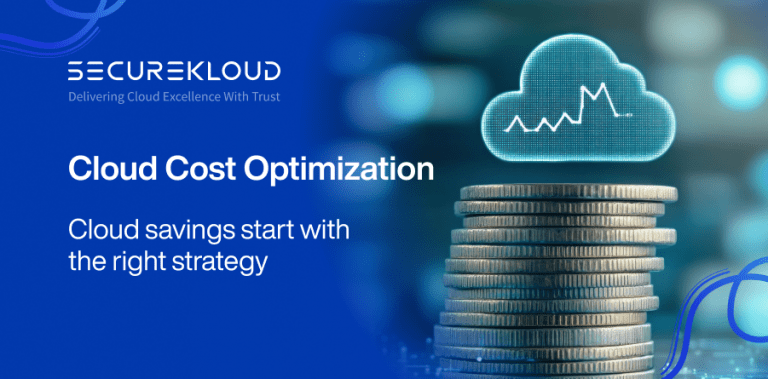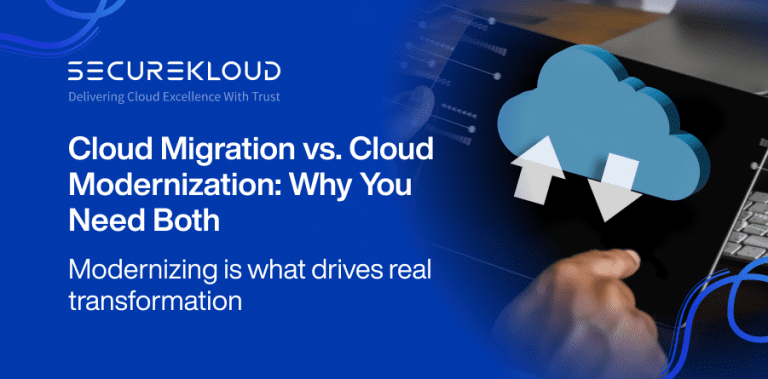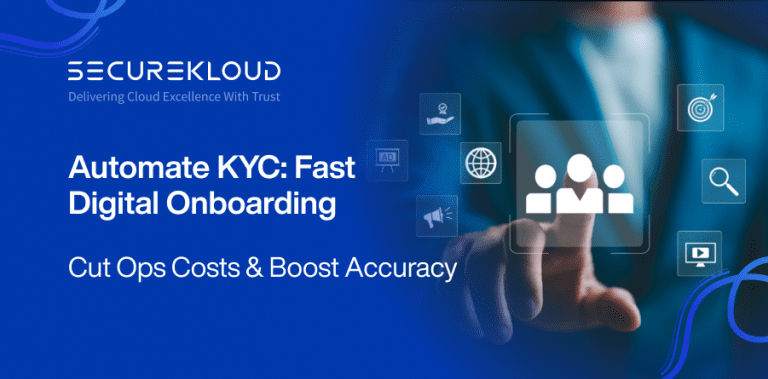- 4Minutes
- 669Words
- 103Views
Cloud security defines enterprise resilience — and CISOs are leading that charge. Boards expect resilience. Regulators demand compliance. The business demands agility. With risk accelerating, CISOs must sharpen their focus on these cloud security disruptors shaping the next frontier.
10 Strategic Cloud Security Risks
1. AI-Driven Phishing is Now Enterprise-Grade
Generative AI has given threat actors the power to launch hyper-personalized, large-scale phishing attacks that bypass conventional filters.
CISO Focus
Phishing is no longer low effort. These campaigns look legitimate, target executives, and exploit real-time data.
Pro Tip
Embed AI into threat detection, elevate phishing simulations, and ensure exec-level users are covered by enhanced email security protocols.
2. Quantum Risk Is Closer Than It Appears
Quantum computing may not be mainstream yet, but bad actors aren’t waiting. Stored ciphertext is a ticking time bomb in the wrong hands if quantum decryption becomes viable.
CISO Focus
This is a long-game threat — but one with massive implications for regulatory and IP-heavy industries.
Pro Tip
Start road mapping your transition to Post-Quantum Cryptography (PQC). Collaborate with cloud providers aligned to NIST PQC standards.
3. AI-Driven Phishing is Now Enterprise-Grade
Emerging decentralized storage architectures offer flexibility — but also introduce complexity and visibility gaps.
CISO Focus
More nodes, more risks. Without centralized governance, endpoint drift and misconfigurations multiply.
Pro Tip
Enforce zero-trust architectures, ensure encryption at all nodes, and conduct periodic configuration drift assessments.
4. Ransomware-as-a-Service (RaaS) Expands the Threat Pool
With cybercrime now productized, even low-skill actors can launch enterprise-grade ransomware attacks.
CISO Focus
Cloud environments are now prime targets — with exfiltration and double extortion tactics on the rise.
Pro Tip
Reassess your ransomware playbook: incident response, immutable backups, and endpoint isolation must be battle-tested.
5. Data Localization Is Becoming a Legal Mandate
Geopolitical shifts and privacy regulations are driving stricter residency and localization mandates across sectors.
CISO Focus
Compliance gaps don’t just cost money — they compromise trust and invite litigation.
Pro Tip
Track where your data moves and lives in real time. Work with cloud vendors that offer region-specific hosting and compliance-ready infrastructure.
6. ESG Now Includes Cyber Governance
Modern ESG frameworks view cybersecurity as a core pillar of operational responsibility.
CISO Focus
Boards are asking: “Are we securely governed?” Security gaps now impact ESG scoring and investor confidence.
Pro Tip
Integrate disaster recovery, data protection, and auditability into your ESG reporting structure.
7. Cross-Border Compliance Gets Even Harder
Conflicting laws complicate multinational operations and cloud vendor selection.
CISO Focus
Global compliance is no longer a legal-only function. It’s a cloud architecture decision.
Pro Tip
Implement Standard Contractual Clauses (SCCs), DPA reviews, and risk-based segmentation of data environments.
8. Multi-Cloud and Hybrid Environments = Fragmented Security
The proliferation of cloud vendors and architectures has outpaced the unification of security tooling.
CISO Focus
Every new cloud adds complexity. Gaps in identity, visibility, and policy enforcement create exploitable blind spots.
Pro Tip
Deploy unified cloud security platforms. Standardize identity and DLP across providers. Measure security as a function of integration, not tool count.
9. Containers: Agile, But High-Risk Without Guardrails
Containers accelerate development — but misconfigurations or unscanned images expose critical infrastructure.
CISO Focus
One compromised image can lateral into production. Modern DevOps demands that security be integrated from the first line of code, not bolted on at the end.
Pro Tip
Adopt DevSecOps –image scanning, SBOMs, runtime protection, and CI/CD pipeline security must be default.
10. Serverless Computing Changes the Threat Model
Serverless removes infrastructure overhead — but shifts responsibility squarely to code and event-driven logic.
CISO Focus
The perimeter disappears. Without traditional defenses, the application layer becomes the new battleground.
Pro Tip
Enforce least-privilege, secure APIs, and behavior-based monitoring. Evaluate serverless-specific security tooling.
Wrap Up
In today’s cloud-first reality, security posture is business posture. As risks evolve — from quantum computing to AI threats — the CISO’s mandate is to not just secure infrastructure, but to ensure operational continuity, regulatory alignment, and stakeholder trust.
The security strategy for 2025 must be:
- Cloud-native
- Globally compliant
- AI-aware and quantum-prepared
- Board-reportable and business-aligned
Because in the modern enterprise, cloud security is more than protection. It is a Leadership.





